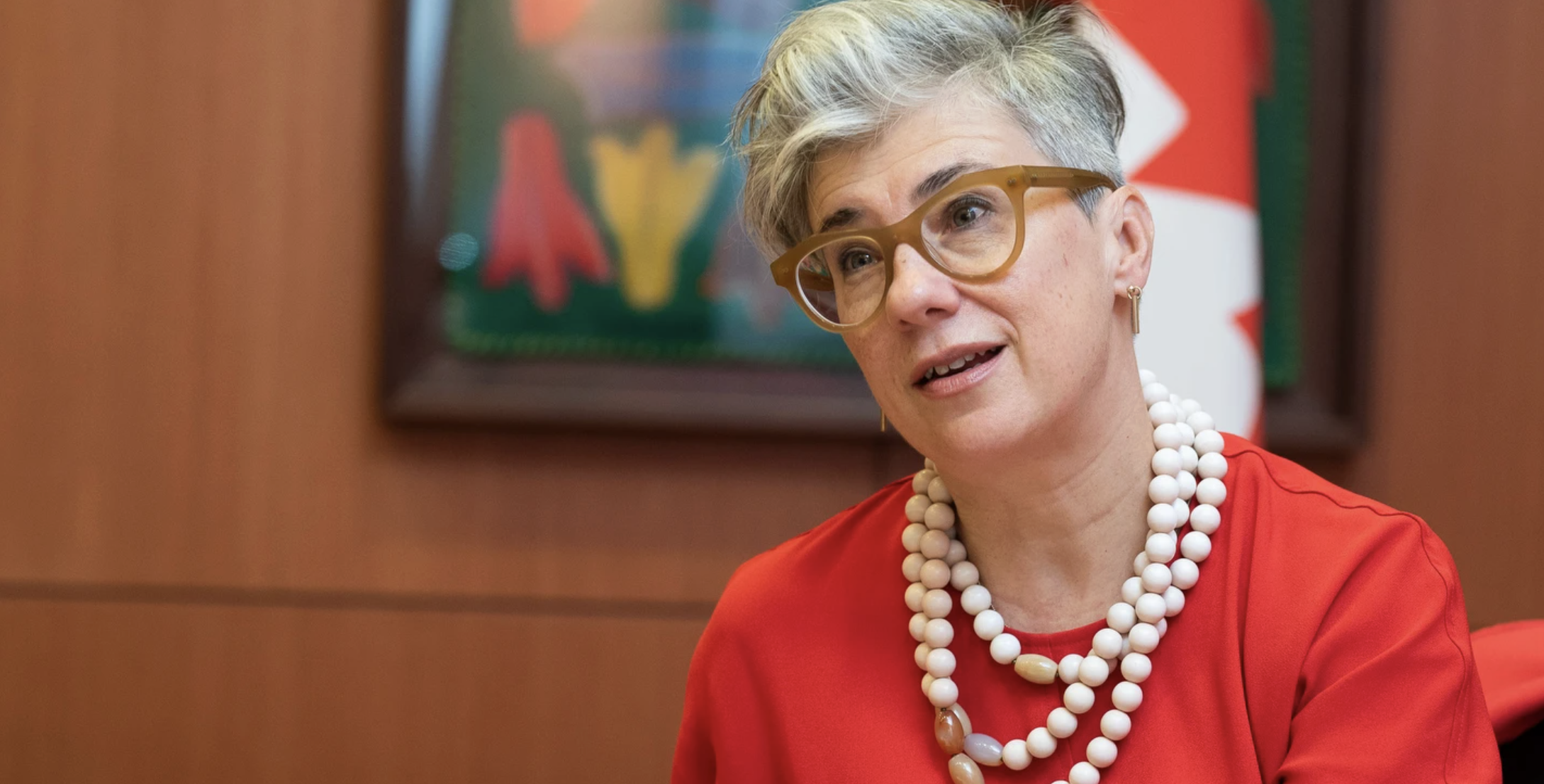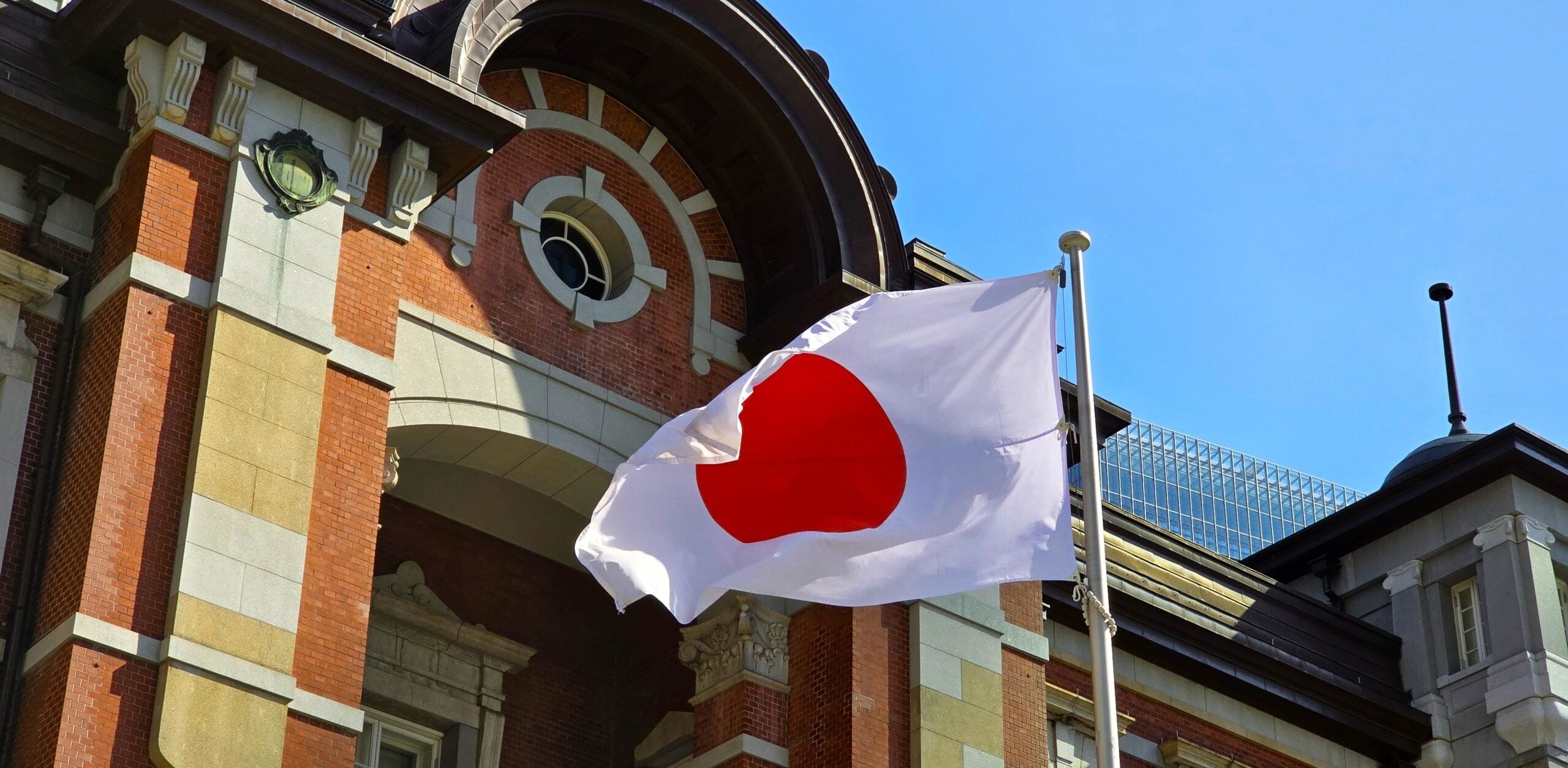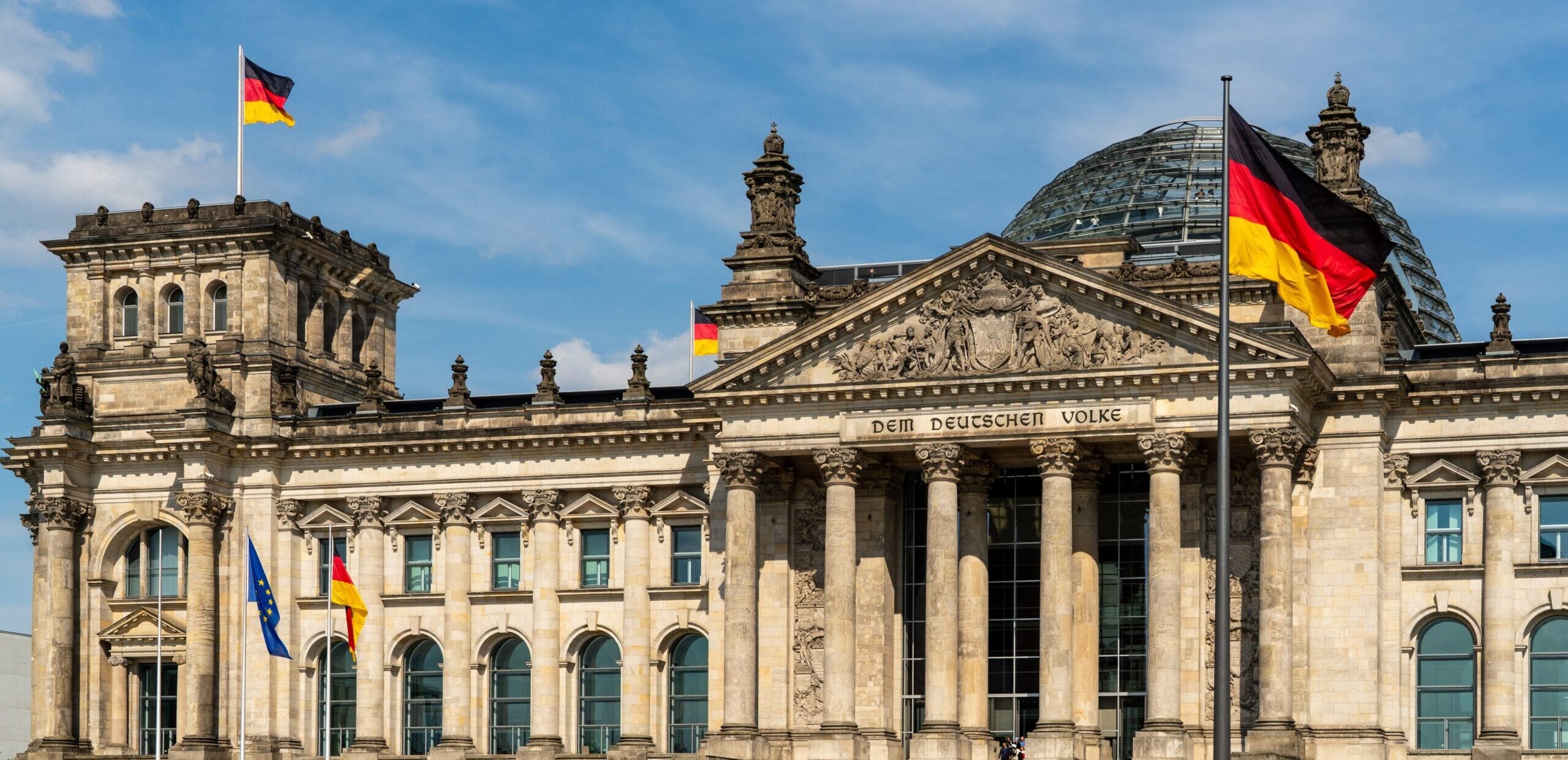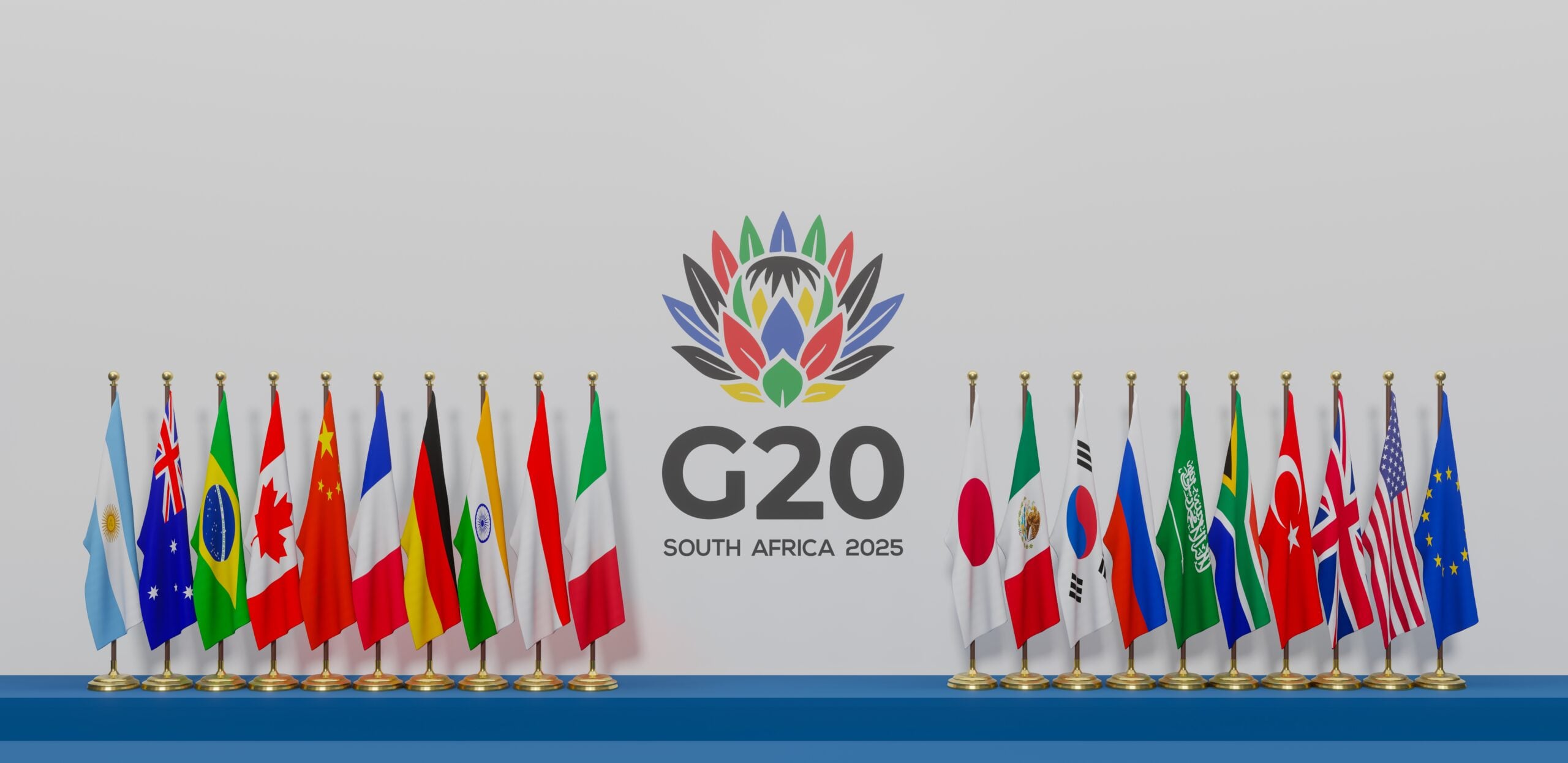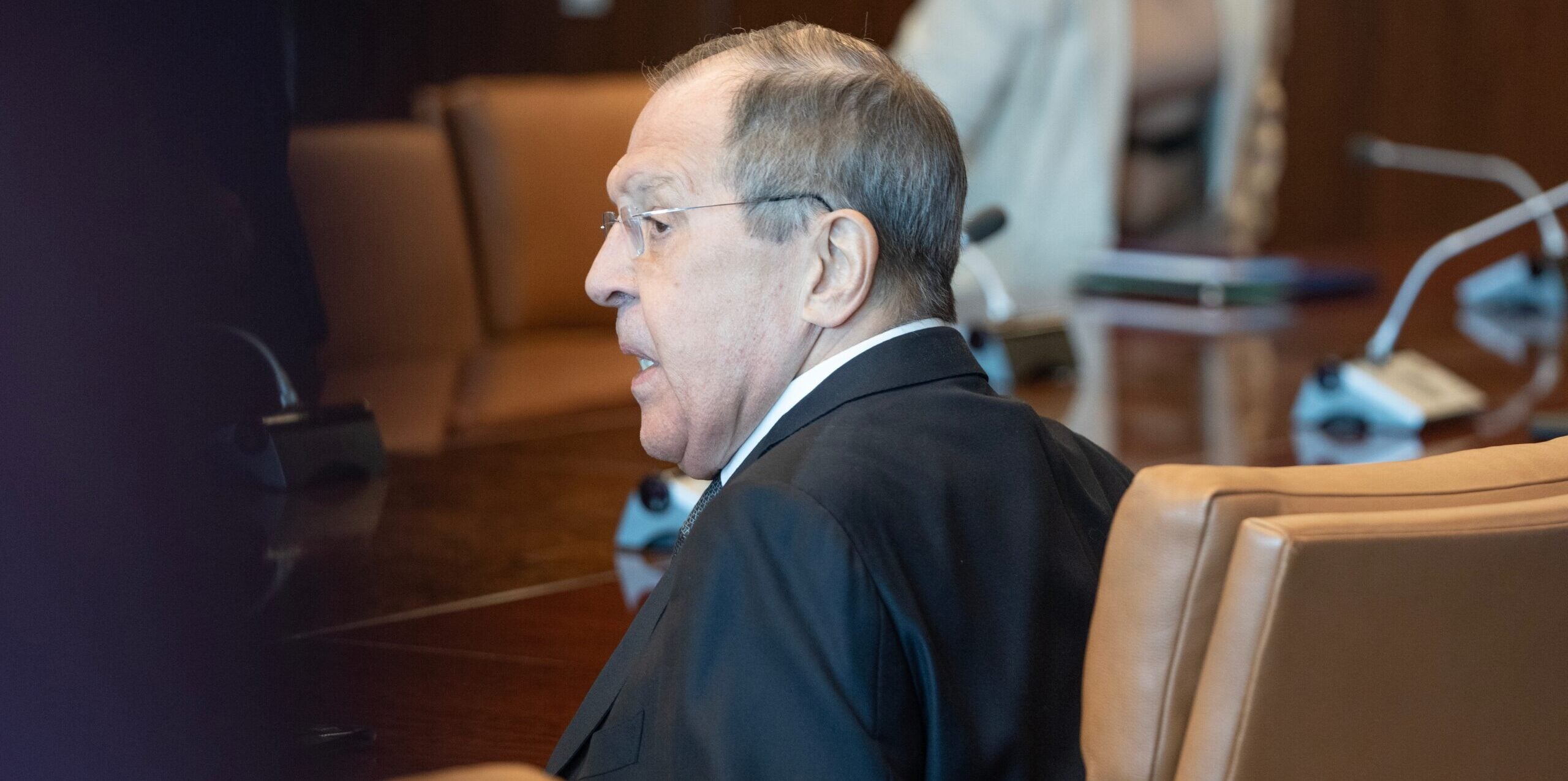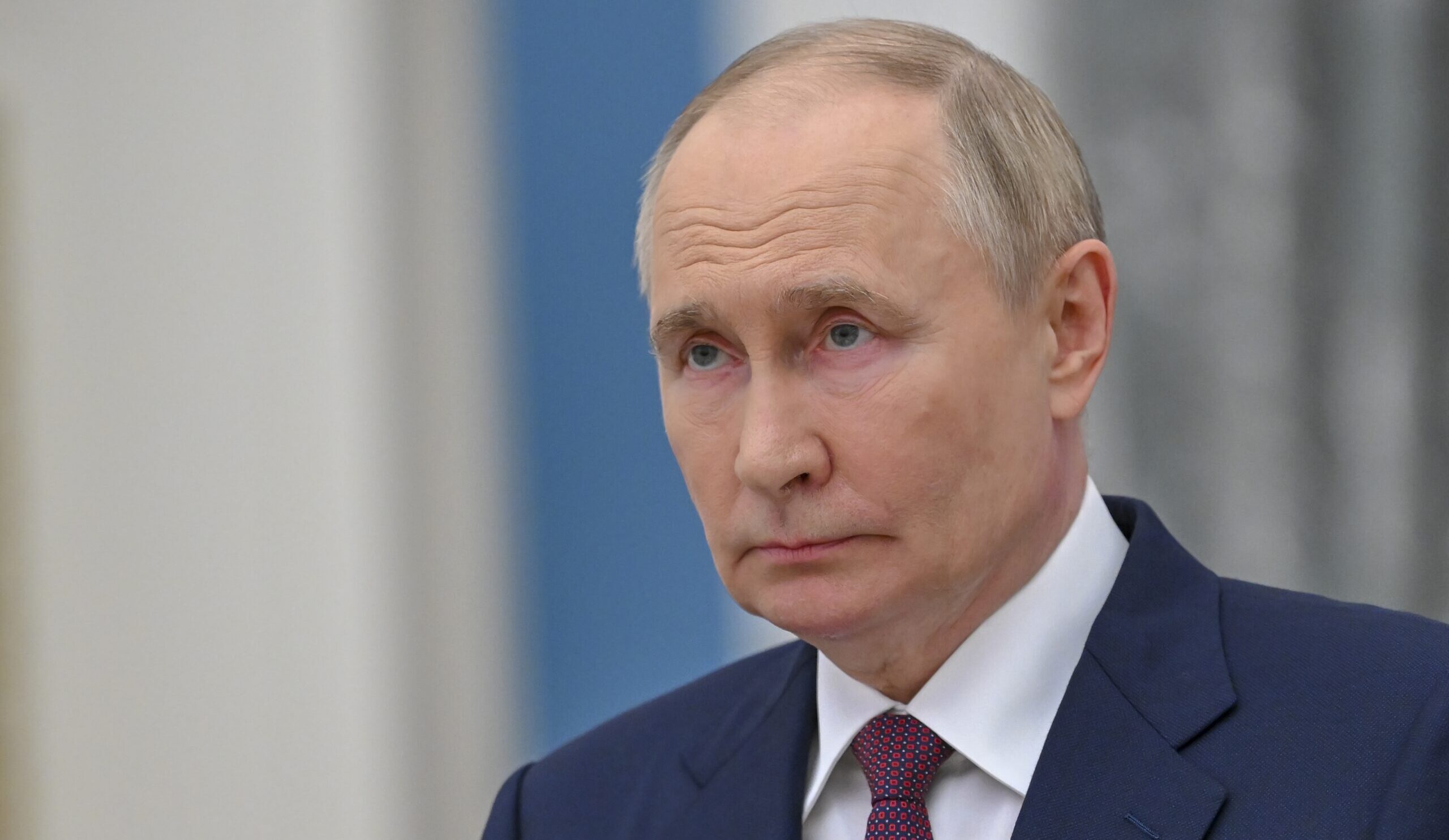

by Peter Dickinson, UK journalist and researcher, editor of Atlantic Council’s UkraineAlert service and publisher of Business Ukraine Magazine and Lviv Today magazine
Source: Atlantic Council
The invasion unleashed by Vladimir Putin almost four years ago has often been called unprovoked, but nobody can say it was entirely unexpected. On the contrary, the full-scale invasion of 2022 was merely the latest and most extreme stage in a prolonged campaign of escalating Russian aggression aimed at preventing Ukraine from leaving the Kremlin orbit and resuming its place among the European community of nations.
During the early years of Putin’s reign, this campaign had focused primarily on massive interference in Ukrainian domestic affairs. Following Ukraine’s 2014 Revolution of Dignity, the Russian dictator opted for a far more forceful combination of military and political intervention. When even this descent into open aggression failed to derail Kyiv’s westward trajectory, Putin sought to solve Russia’s Ukraine problem once and for all by launching the largest European invasion since World War II.
As the fifth year of the war looms on the horizon, there is very little to indicate that Putin’s hard line tactics are working. While Russia has managed to occupy around 20 percent of Ukraine, opinion in the remaining 80 percent of the country is now overwhelmingly hostile to Moscow and supportive of closer European ties. For the vast majority of people in Ukraine, the invasions of 2014 and 2022 represent watershed moments that have profoundly impacted their understanding of Ukrainian identity while radically reshaping attitudes toward Russia.
The transformation in Ukraine’s geopolitical orientation is being mirrored by changes taking place domestically as the country’s center of gravity shifts decisively from east to west. For the first decade or so of independence, Ukraine was politically and economically dominated by the industrial east, with major cities including Donetsk, Kharkiv, Dnipro, and Zaporizhzhia serving as power bases for billionaire oligarch clans who shaped the Ukrainian national narrative and helped maintain high levels of Russian influence across the country. At the time, the comparatively quaint cities of central and western Ukraine lacked the wealth and general wherewithal to compete.
The first indication of a significant change in this dynamic was the 2004 Orange Revolution, which saw an unprecedented nationwide protest movement erupt over an attempt to falsify the country’s presidential election orchestrated by Kremlin-backed political forces rooted firmly in eastern Ukraine. This popular uprising represented a clear and unambiguous rejection of the idea that Ukraine was inextricably bound to Russia. A decade later, the onset of Russian military aggression would turbo-charge modern Ukraine’s historic turn toward the west.
Since 2014, traditional east Ukrainian bastions of Russian influence such as Donetsk and Luhansk have been occupied by Kremlin forces and effectively cut off from the rest of Ukraine. More recently, the full-scale invasion has left the broader Donbas region devastated and depopulated, while the formerly preeminent metropolises of the east face an uncertain future as fortified front line cities under relentless Russian bombardment.
Cover: Shutterstock
